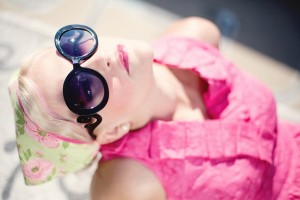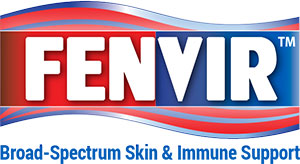 Skin Outbreaks: Reduced By Sunglasses and Sunscreen
Skin Outbreaks: Reduced By Sunglasses and Sunscreen
The virus has two forms. The first form appears on the mouth such as cold sores. The second form is in a private area.
Both viruses are highly contagious and when a person becomes infected with either or both viruses the virus lives in their body forever. After this initial contraction, the first year the person typically has multiple outbreaks. A study of UV radiation and its effect on the simplex virus 1 outbreaks was done by the Scientists at the Sun Clinic and Sun Care Institute Osaka in the Department of Molecular Medicine at Kobe University Graduate School of Medicine in Japan.
10.4% of the study’s participants had outbreaks triggered by the sun. 19.7% of the study’s participants had outbreaks triggered in the summer months; July and August. The evidence that suggested outbreaks may be triggered by exposure to the sun has caused some people to wonder if wearing sunglasses and sunscreen can work as a preventative.
The UV exposure can suppress the immune system and simultaneously set off viral activity leading to an outbreak.
Lip balms that contain SPF may insinuate that the SPF is meant to reduce lip outbreaks. A clinical study in 2008 published in the medical journal Canada Family Physician stated that the data was inconclusive. Patients with the oral virus had mixed results when using sunscreen.
Eye lesions when exposed to strong sunlight do have recurring outbreaks. Any studies that link the wearing dark sunglasses and the correlation between outbreaks haven’t been found, yet. Lip balm and sunglasses are not strong forms of prevention although knowing that sunlight triggers outbreaks will help patients work to avoid direct sunlight.
The University of Maryland found additional triggers such as sunlight, wind, fever, physical injury, surgery, menstruation, suppression of the immune system and emotional stress.

